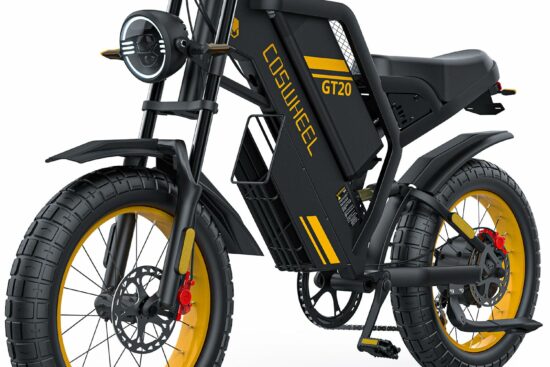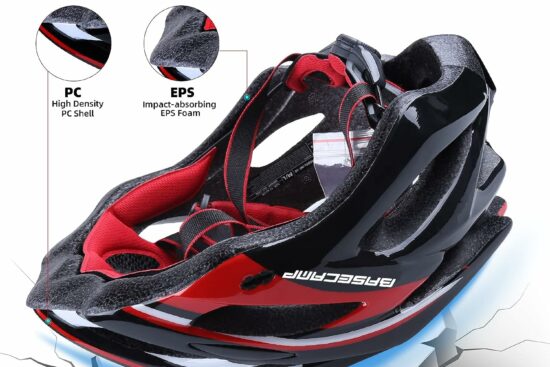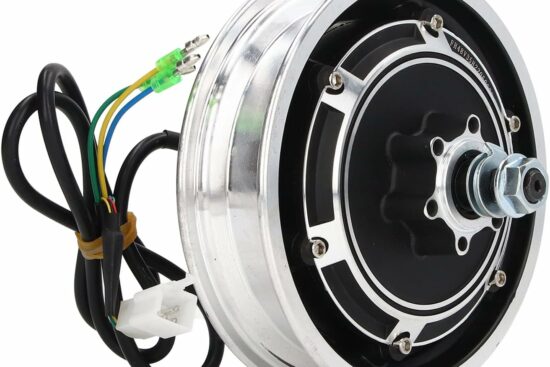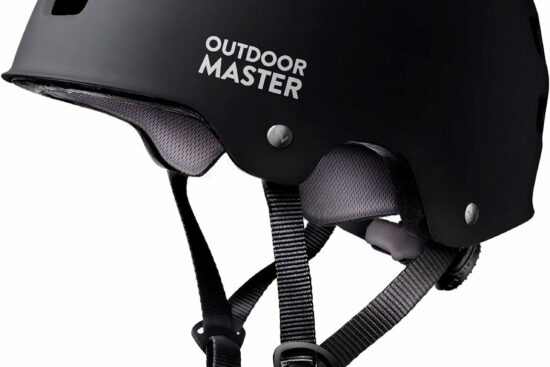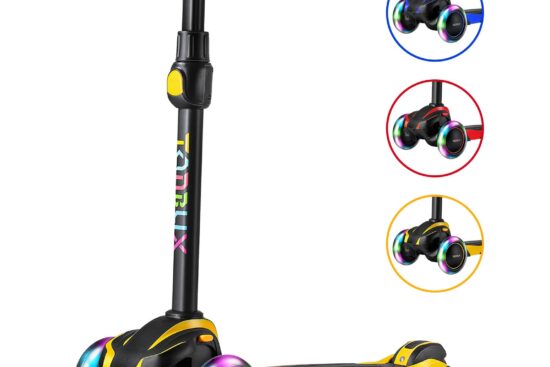
In order to ensure the longevity and optimal performance of your electric bike, it is crucial to adopt a diligent maintenance and care routine. By regularly inspecting and cleaning your bike, properly storing it, and taking appropriate measures to preserve its battery life, you can enjoy a smooth and efficient ride for years to come. In this article, we will explore some essential tips and guidelines on how to maintain and care for your electric bike, enabling you to enhance its lifespan and fully enjoy the benefits of this eco-friendly mode of transportation.
Regular Cleaning
Cleaning the frame
To maintain the cleanliness and appearance of your electric bike, it is important to regularly clean the frame. Start by using a mild soap or bike-specific cleaner and water to remove any dirt or grime. Gently scrub the frame using a soft brush or sponge, paying attention to hard-to-reach areas such as the bottom bracket and rear dropouts. Rinse off the soap thoroughly and dry the frame with a clean cloth.
Cleaning the drivetrain
Cleaning the drivetrain, which includes the chain, cassette, and derailleur, is crucial for the smooth functioning of your electric bike. Begin by applying a degreaser to the chain and using a chain cleaning tool or a brush to remove any dirt or grease buildup. Use a cassette brush or a toothbrush to clean the cassette and derailleur. Rinse off the degreaser with water and dry the drivetrain components thoroughly.
Cleaning the brake system
Properly functioning brakes are essential for your safety while riding. Regularly cleaning the brake system ensures optimal performance. Start by removing the brake pads and cleaning them with rubbing alcohol or a degreaser to remove any contaminants. Use a clean cloth or paper towel to wipe down the brake calipers and rotors. Avoid spraying water directly onto the brake system to prevent damage. Once everything is clean and dry, reassemble the brake components.
Cleaning the electrical components
Electric bikes have various electrical components, such as the motor, battery, and controller, that require special care. Use a dry cloth or a soft brush to remove any dust or debris from the electrical connections and wires. Avoid using water or any liquid cleaners on the electrical components to prevent damage. If you notice any signs of corrosion or damage, consult a professional for repairs or replacements.
Tire Maintenance
Checking tire pressure
Maintaining proper tire pressure is crucial for a smooth and safe ride. Use a tire pressure gauge to check the pressure regularly. The recommended tire pressure can usually be found on the sidewall of the tire. Inflate or deflate the tires accordingly to meet the recommended pressure. Remember to check the pressure when the tires are cold for accurate readings.
Inspecting for wear and tear
Regularly inspecting your tires for signs of wear and tear can help prevent potential issues while riding. Look for any cuts, bulges, or excessive wear on the tire tread. If you notice any significant damage or the tread depth is below the recommended threshold, it may be time to replace your tires to ensure proper traction and safety.
Rotating the tires
To promote even wear and prolong the lifespan of your tires, consider rotating them periodically. Front and rear tires experience different levels of stress, with the rear tire typically wearing out faster. By rotating the tires, you distribute the wear and tear more evenly, resulting in longer-lasting tires. Follow the manufacturer’s guidelines for the recommended rotation intervals.
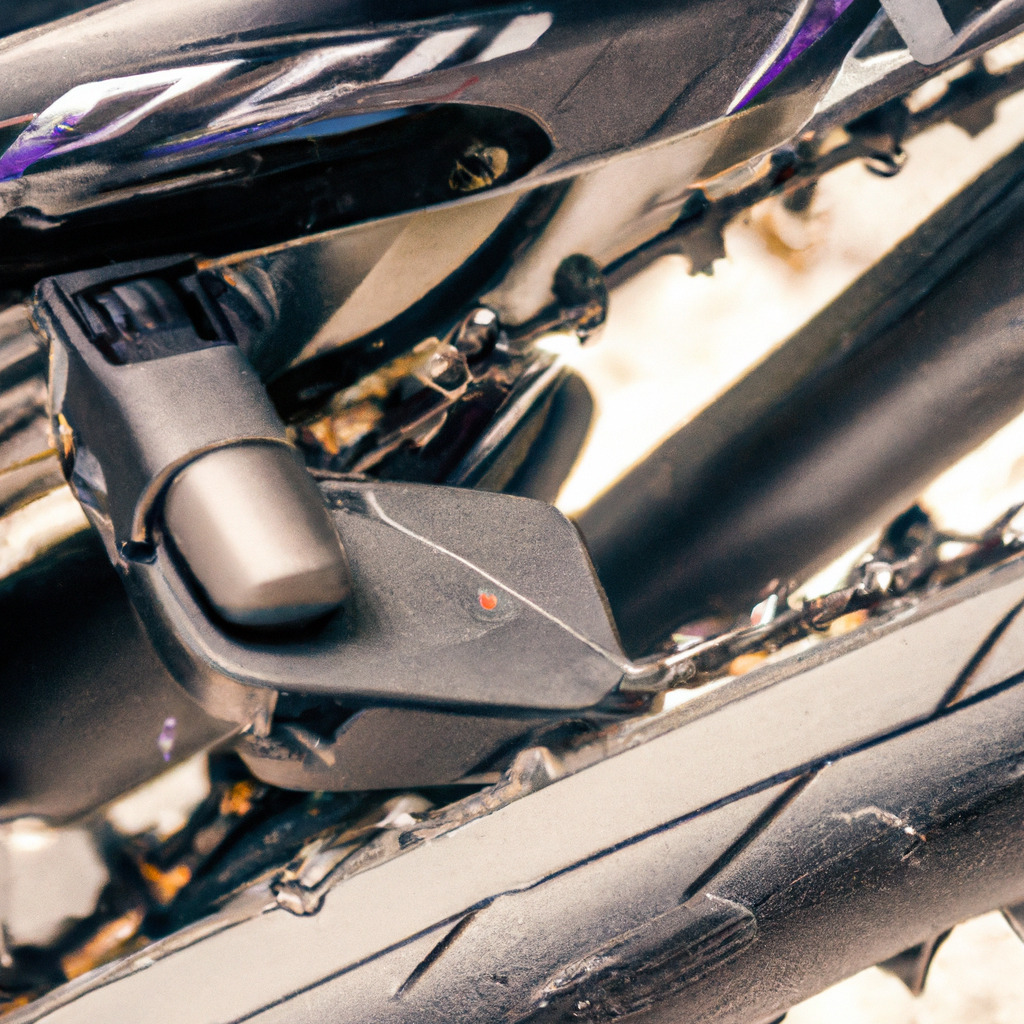
Battery Care
Charging and storing the battery
Proper care of your electric bike’s battery is essential for its longevity and performance. When charging, always use the provided charger and follow the manufacturer’s instructions. Avoid overcharging the battery, as it can lead to reduced battery life. Once fully charged, disconnect the charger and store the battery in a cool, dry place. Avoid storing the battery in extreme temperatures or exposing it to direct sunlight.
Checking battery connections
Regularly inspect the battery connections to ensure they are clean and secure. Loose or corroded connections can lead to poor performance or even complete failure of the battery. Use a clean cloth or a soft brush to remove any dirt or debris from the battery contacts. If you notice any signs of corrosion, gently clean the contacts with a mixture of baking soda and water, followed by a thorough rinse with clean water.
Replacing the battery
Although proper care can extend the lifespan of your electric bike’s battery, eventually, it will need to be replaced. Keep an eye on the battery’s performance and capacity over time. If you notice significant loss of capacity or the battery no longer holds a charge as it should, it may be time to invest in a new battery. Consult your bike manufacturer or a professional for guidance on purchasing and installing a replacement battery.
Brake Maintenance
Checking brake pad wear
Regularly inspecting the brake pads is crucial for maintaining safe and effective braking performance. Check the brake pads for signs of wear, such as thinning or uneven surfaces. If the brake pads are too worn, replace them immediately to prevent compromising your safety. Most brake pads have wear indicators, which can help you determine when they need to be replaced.
Adjusting brake cables
Proper cable tension is essential for optimal brake performance. Inspect the brake cables for any signs of fraying, kinks, or corrosion. If necessary, adjust the cable tension using the barrel adjusters located on the brake levers or calipers. Ensure that the brake levers engage smoothly and apply the brakes evenly. If you are unsure about making adjustments, consult a professional bike mechanic.
Replacing brake pads
When the brake pads have worn down to the recommended limit, it is time to replace them. Remove the old brake pads and install the new ones, ensuring they are aligned correctly and contacting the braking surface evenly. Follow the manufacturer’s instructions for proper installation and break-in procedures. After replacing the brake pads, test the brakes to ensure they are functioning correctly before riding.
Bleeding hydraulic brakes
If your electric bike is equipped with hydraulic brakes, it is important to regularly check and bleed the system as recommended by the manufacturer. Bleeding the brakes removes any air bubbles that may have entered the system, ensuring consistent and reliable braking performance. Hydraulic brake systems require specialized tools and knowledge, so if you are unsure or uncomfortable performing this task, seek assistance from a professional bike mechanic.
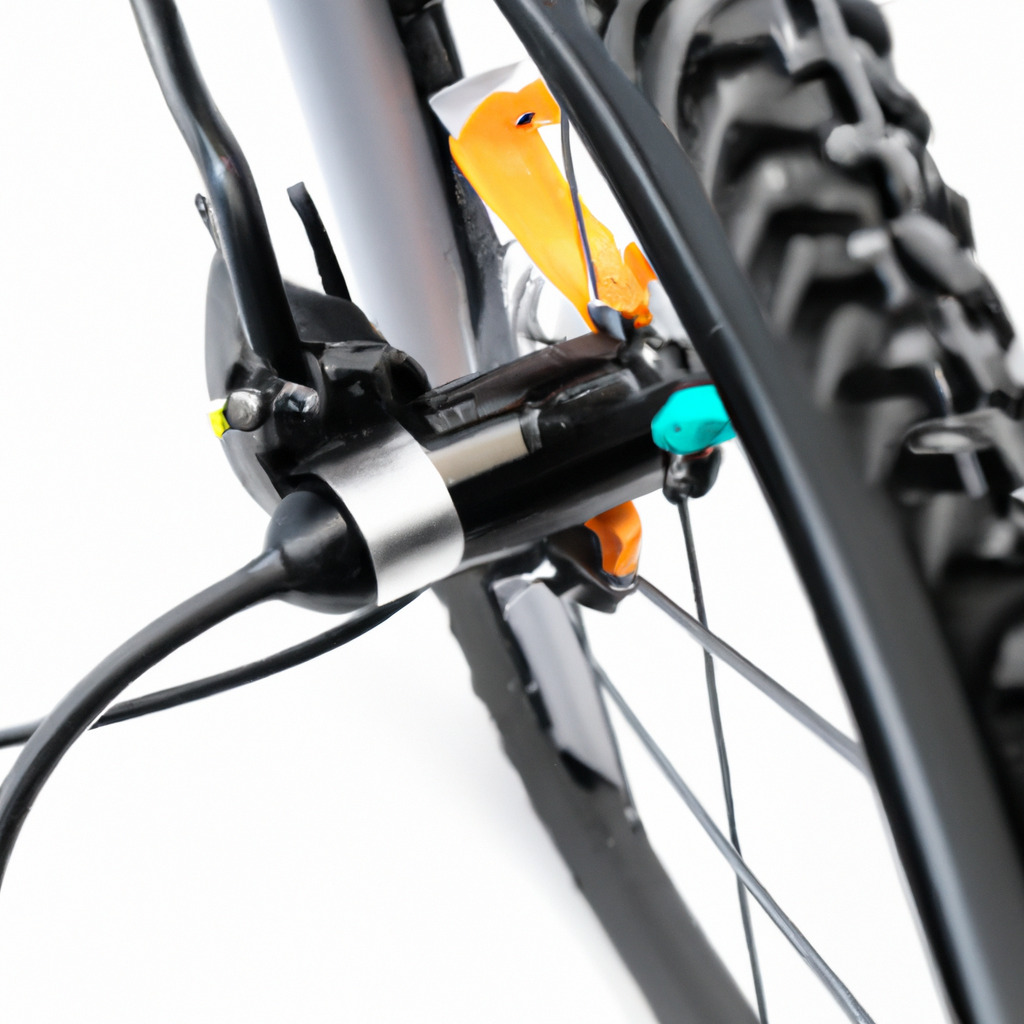
Drivetrain Maintenance
Inspecting the chain
A well-maintained chain is vital for smooth and efficient pedaling on your electric bike. Regularly inspect the chain for any signs of wear, such as stretched links or visible dirt buildup. If the chain shows significant wear or becomes rusty, it may need to be replaced. Lubricate the chain regularly with a bike-specific lubricant to minimize friction and prevent rust.
Cleaning and lubricating the chain
Cleaning and lubricating the chain are essential steps in drivetrain maintenance. Start by removing any dirt or debris from the chain using a degreaser and a chain cleaning tool or a brush. Rinse off the degreaser thoroughly and dry the chain before applying lubricant. Use a bike-specific lubricant designed for the conditions you will be riding in. Apply a small amount of lubricant to each chain link and wipe off any excess to prevent attracting dirt.
Checking the gears and derailleur
Proper functioning of the gears and derailleur is crucial for smooth shifting and efficient pedaling. Regularly inspect the gears for any signs of wear, bent teeth, or damage. Ensure that the gears are shifting smoothly and without any skipping or grinding noises. Inspect the derailleur hanger for any signs of alignment issues or damage. If you notice any problems, consult a professional for adjustments or repairs.
Electrical Component Care
Inspecting wires and connectors
Regularly inspect the wires and connectors of your electric bike’s electrical components to ensure they are in good condition. Look for any frayed wires, loose connections, or signs of damage. If you come across any issues, it is important to address them promptly to prevent potential electrical malfunctions. Consult your bike manufacturer or a professional for assistance with any repairs or replacements.
Cleaning the motor
The motor is the heart of your electric bike and requires proper care. Avoid using water or liquid cleaners directly on the motor to prevent damage. Instead, use a dry cloth or a soft brush to remove any dirt or dust. Pay special attention to the ventilation ports and ensure they are clear of debris. If you encounter any motor-related issues or unusual noises, consult a professional for inspection or repairs.
Checking the controller
The controller is responsible for managing the power delivery to the motor and other electrical components. Regularly inspect the controller for any signs of damage, loose connections, or error codes. If you notice any issues or error messages on the display, consult your bike manufacturer or a professional for guidance on troubleshooting or repairs.
Suspension System Maintenance
Inspecting shock absorbers
If your electric bike is equipped with a suspension system, regular inspection of the shock absorbers is necessary. Check for any signs of oil leakage, visible damage, or loss of damping performance. If you notice any issues, consult a professional for inspection or maintenance. Follow the manufacturer’s guidelines for recommended service intervals and maintenance procedures.
Cleaning and lubricating suspension forks
To maintain the smooth operation of your suspension forks, regular cleaning and lubrication are essential. Use a damp cloth or a soft brush to remove any dirt or debris from the stanchions and lower legs of the forks. Apply a small amount of suspension fork grease or oil to the exposed seals and wipe off any excess. Avoid using harsh solvents or high-pressure water to clean the forks, as they can damage the seals and internals.
Frame and Fork Inspection
Checking for cracks or damage
Regularly inspecting the frame and fork is crucial for identifying any potential cracks or damage. Thoroughly examine all welds, joints, and tubing for any signs of stress, cracks, or dents. Pay close attention to areas with a high level of stress, such as the head tube and bottom bracket. If you notice any issues, it is important to consult a professional for further inspection or repairs.
Inspecting the fork
If your electric bike has a suspension fork, it is essential to inspect it regularly for signs of wear or damage. Check for any oil leakage, excessive play in the stanchions, or unusual noises. If you notice any issues, consult a professional for inspection or maintenance. Follow the manufacturer’s recommendations for the required service intervals and maintenance procedures.
Lights and Reflectors
Checking functionality
Properly functioning lights and reflectors are crucial for your safety while riding, especially in low-light conditions. Regularly test all lights, including the front headlight, rear taillight, and any additional lights or reflectors on your electric bike. Ensure that they illuminate correctly and are visible from all angles. Replace any malfunctioning lights or reflectors immediately to maintain optimal visibility.
Replacing bulbs and batteries
If any bulbs or batteries in your electric bike’s lights require replacing, follow the manufacturer’s instructions. Use the recommended bulbs or batteries to ensure compatibility and proper functionality. Handle bulbs carefully, avoiding direct contact with bare hands to prevent oil residue that can affect performance. Properly dispose of old bulbs and batteries according to local regulations.
Cleaning and adjusting lights
Regularly clean the lenses and housings of your electric bike’s lights to maintain clarity and brightness. Use a soft cloth or a lens-specific cleaner to remove dirt or smudges. Adjust the position of the lights to ensure they are properly aligned and aimed for optimal visibility. Follow the manufacturer’s instructions for any specific cleaning or adjustment procedures.
Storage and Transportation
Proper storage
When you are not using your electric bike, proper storage is essential to maintain its condition. Store your bike in a dry, cool, and well-ventilated area to prevent moisture buildup and avoid extreme temperature fluctuations. If possible, store the bike off the ground to reduce the risk of damage and allow air circulation. Consider using a bike cover to protect it from dust and potential scratches.
Transportation precautions
If you need to transport your electric bike, whether by car or public transportation, take necessary precautions to ensure its safety. Use a suitable bike rack or secure it properly inside a vehicle to prevent any damage during transit. Remove the battery if possible and secure it separately to prevent accidental activation or damage. Follow all local regulations and guidelines for transporting electric bikes.















